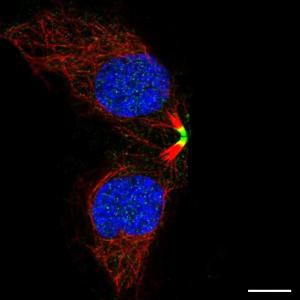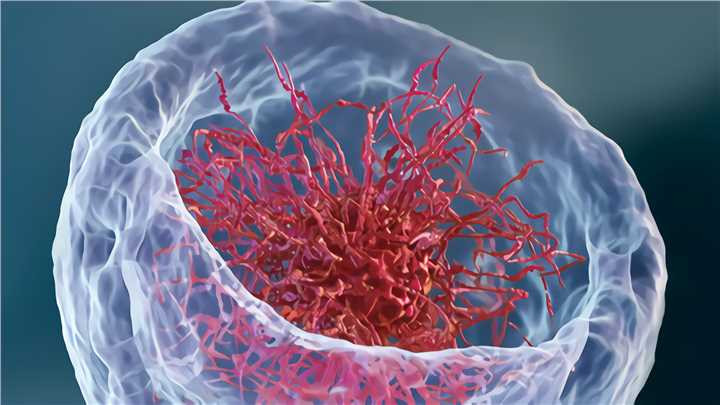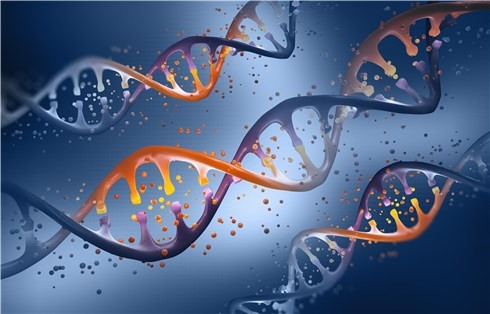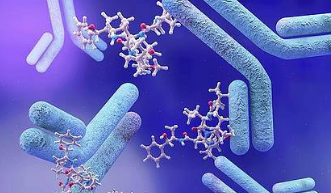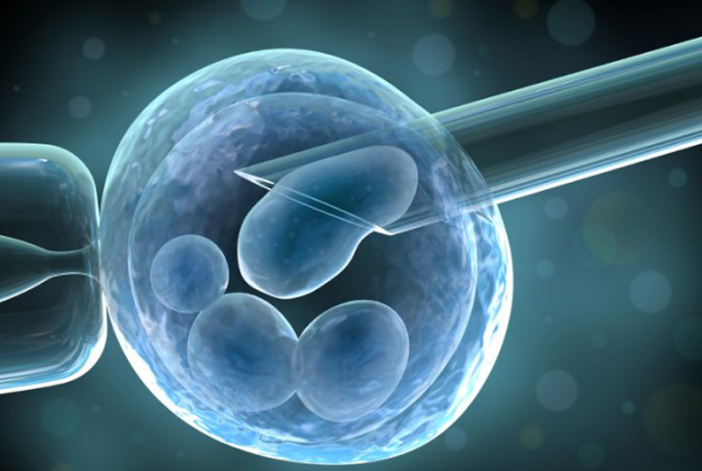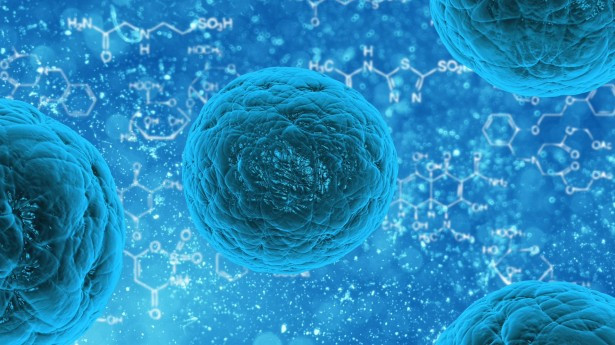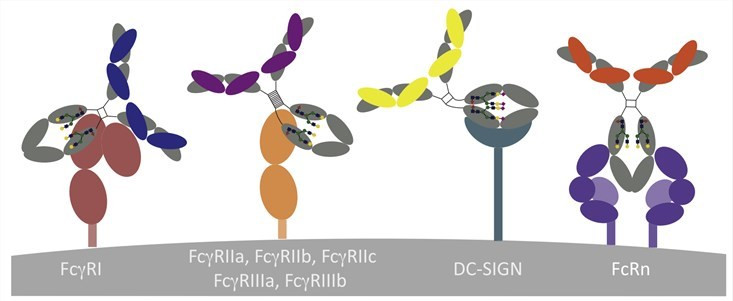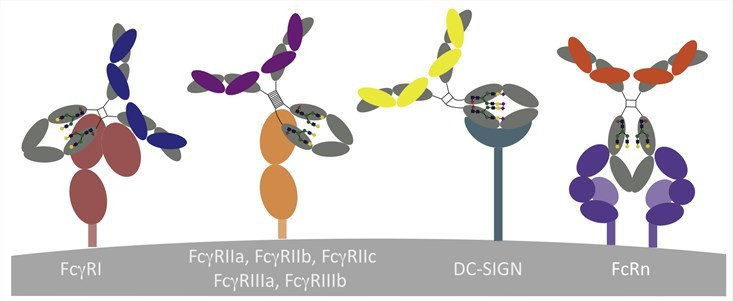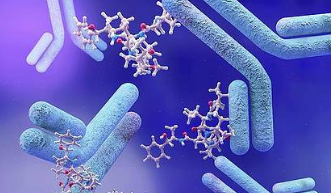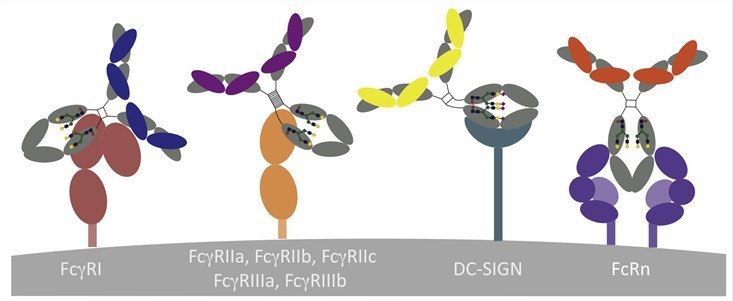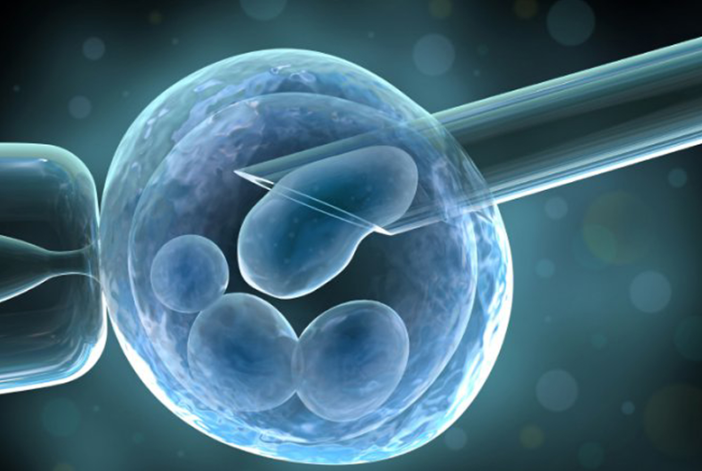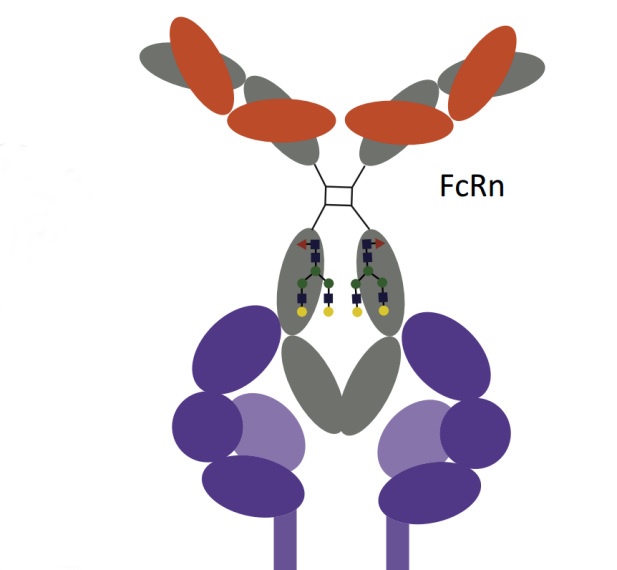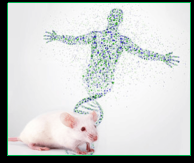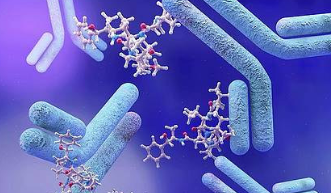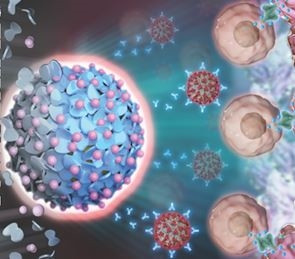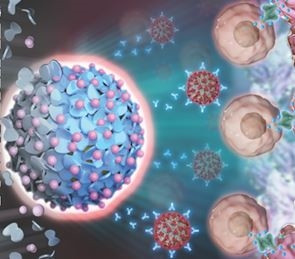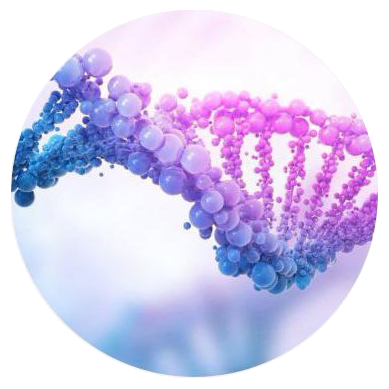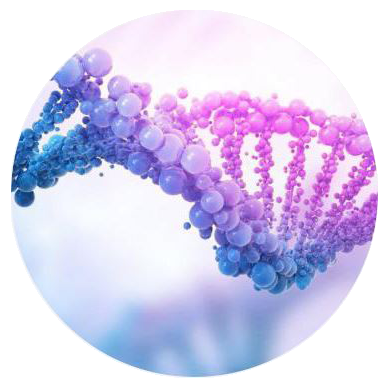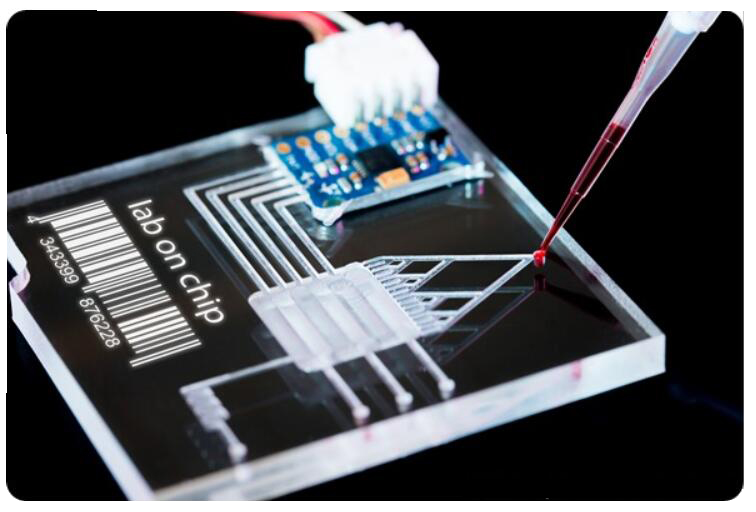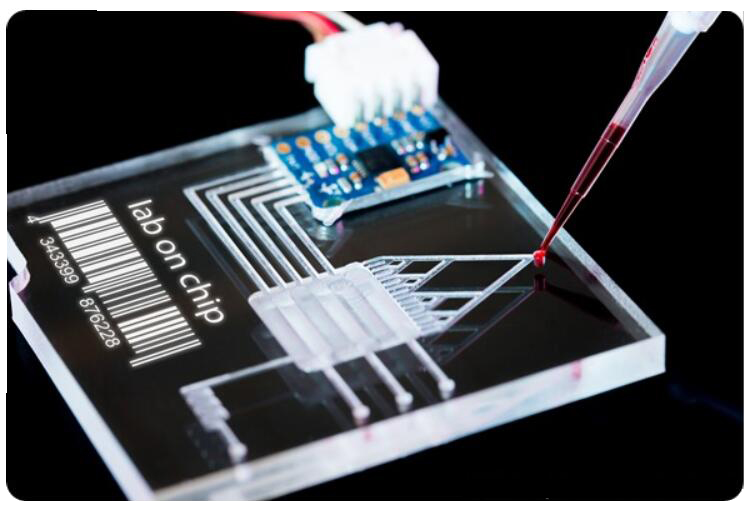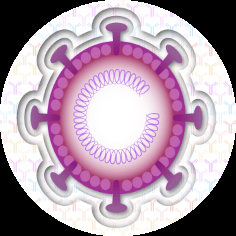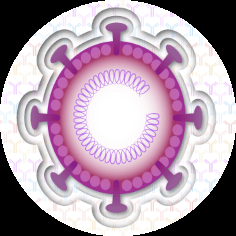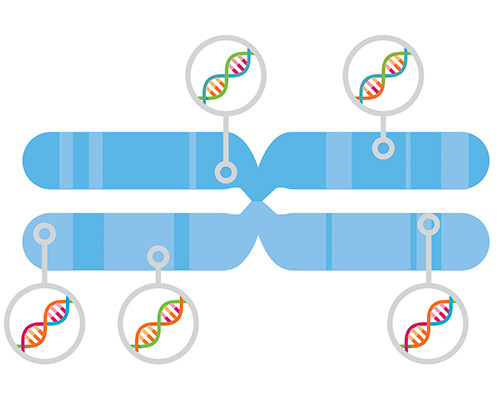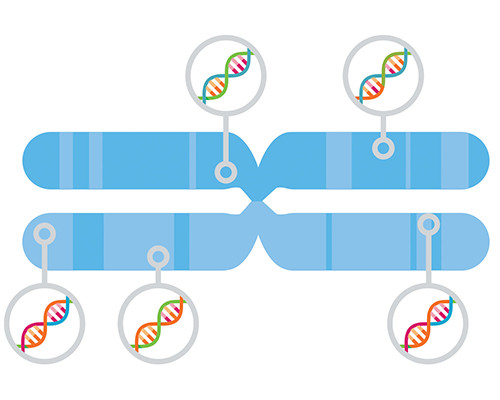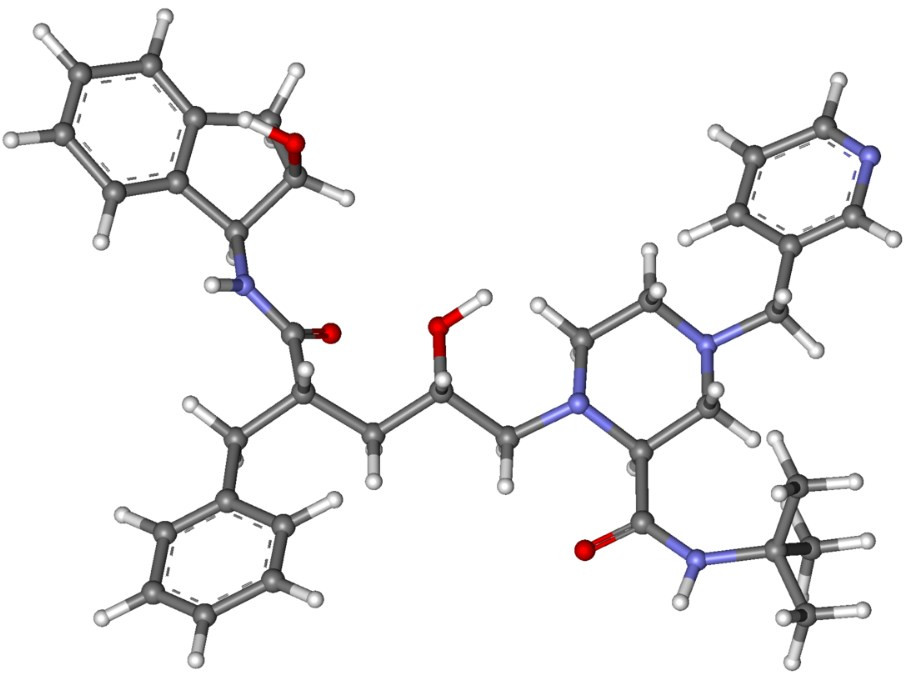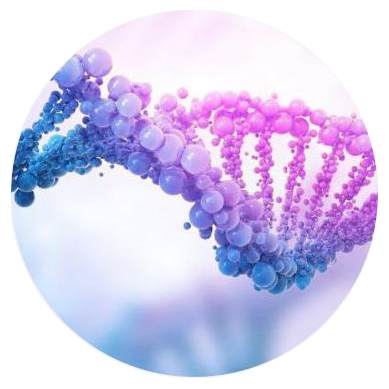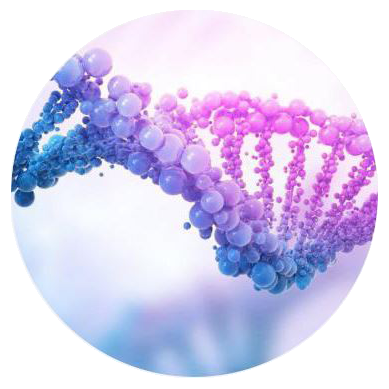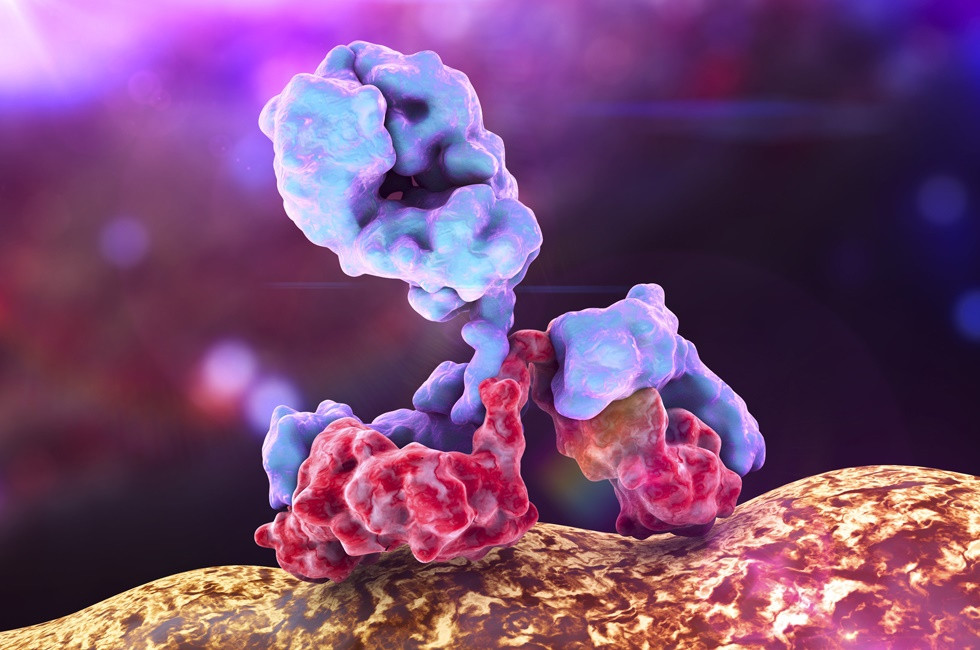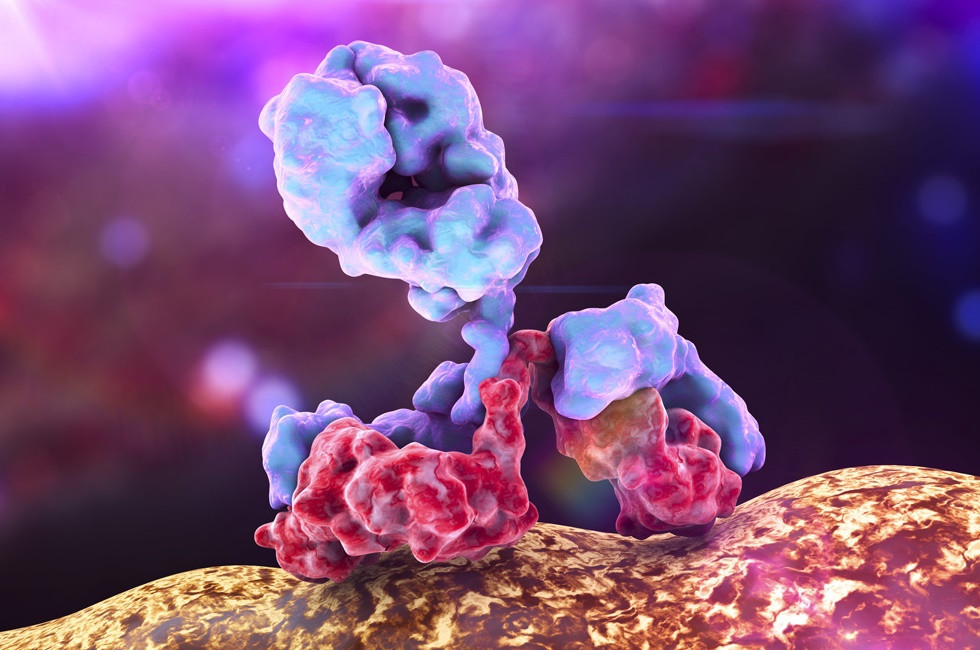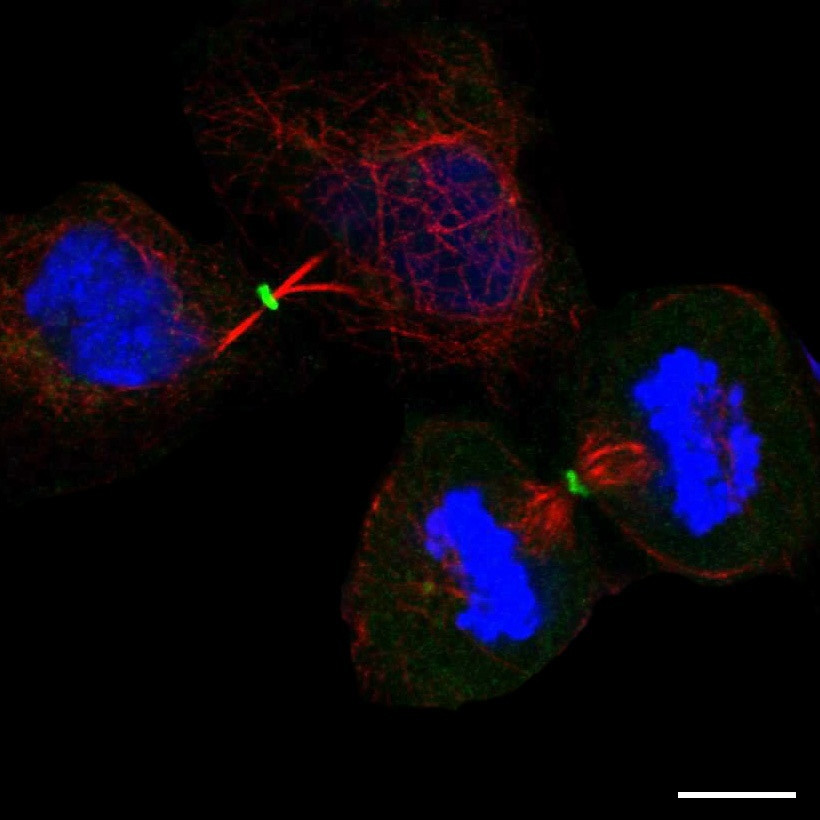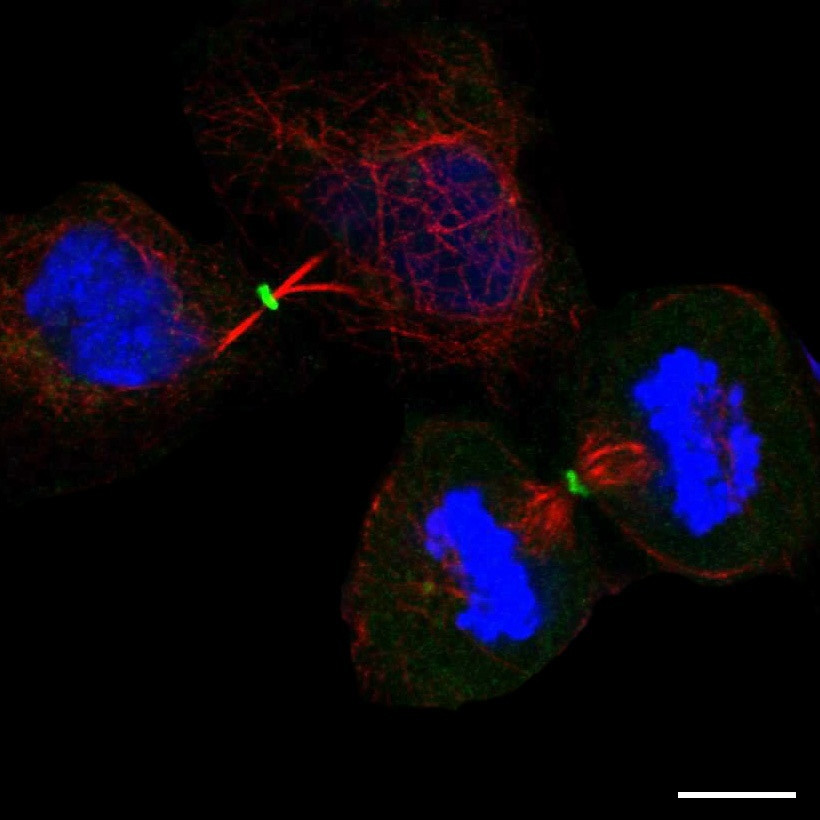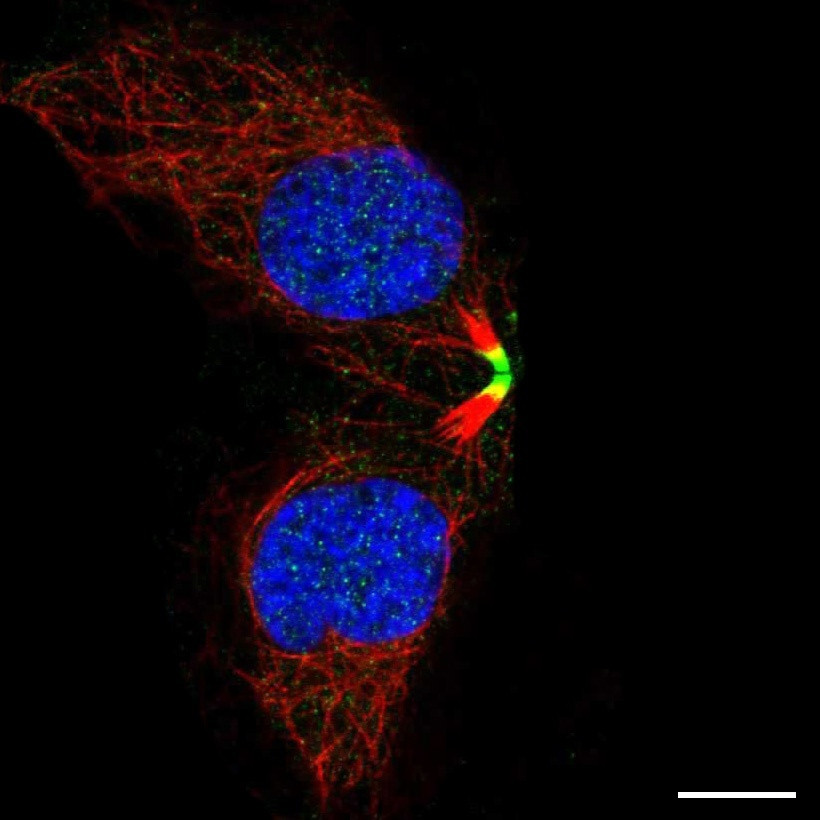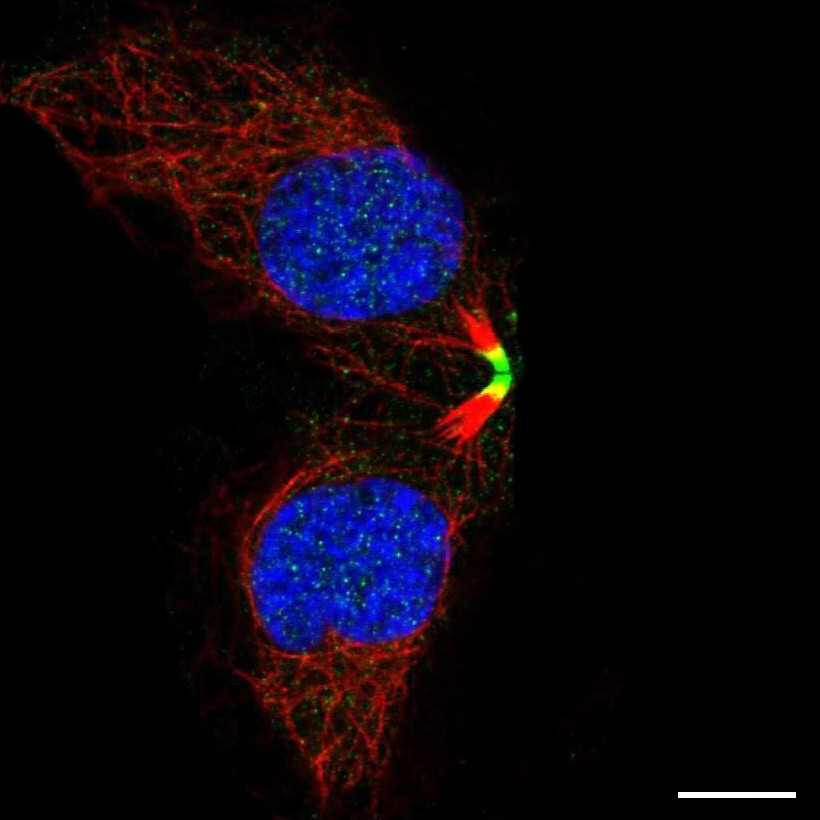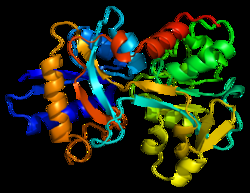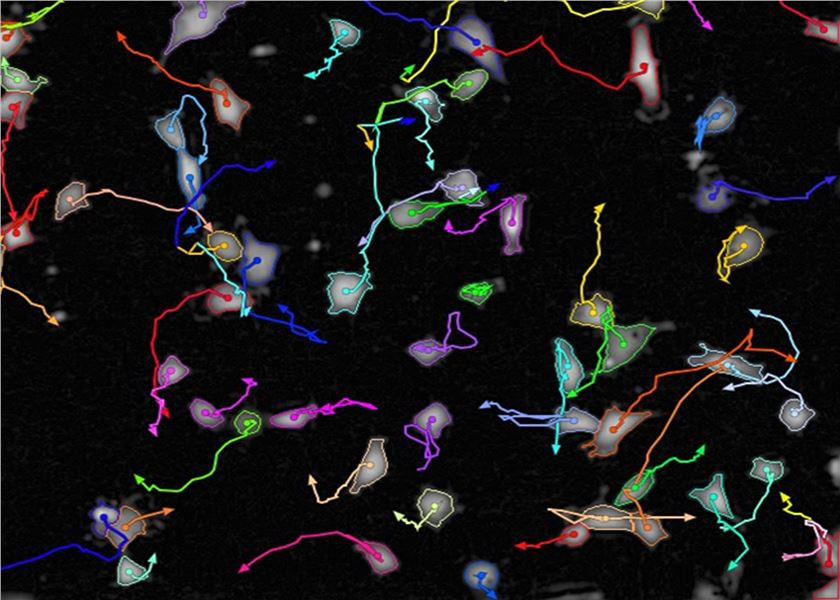creativebiolabs
@creativebiolabsNotice: Undefined index: user_follows in /home/admin/www/v2.anonup.com/themes/default/apps/profile/content.phtml on line 273
Creative Biolabs is a world-renowned cell supplier, specializing in the development of robust cell culture systems. Staying at the forefront of technology, we continually upgrade our cell isolation platforms to ensure they meet the evolving needs of our global customers. One of our key offerings includes preadipocytes and adipocytes, essential models for studying fat cell biology, metabolism, and related diseases.
For more: https://www.creative-biolabs.com/3d-biology/category-preadipocytes-adipocytes-1411.htm
Adipogenesis is the process by which MSCs commit to the adipose lineage and differentiate into adipocytes. Signaling molecules cause MSCs to become preadipocytes, which then develop into adipocytes, starting this process. After then, preadipocytes are exposed to differentiation inducers such cyclic AMP, glucocorticoids, and insulin-like growth factor1, which cause the expression of adipocyte genes and the development of an adipocyte phenotype. Creative Biolabs can assist in causing your MSCs to differentiate into both brown and white adipocytes by using the right cultures.
For more: https://www.creative-biolabs.com/stem-cell-therapy/mesenchymal-stem-cells-mscs-differentiation-services.htm
Ideal for transfecting nucleic acids into primary neurons and cultured neuronal cell lines in a temporary or stable manner. For each 6 cm cell culture plate, use roughly 15–120 μl of NeuroINTM Transfection Reagent and 6–8 μg of DNA (in the special DNA Dilution buffer supplied, if necessary). The NeuroINTM Transfection Kit has been successfully used to transfect the following cells:
Glioma C6 in humans
Primary cortical neurons in rats
cells of the dorsal Root Ganglion (DRG) in rats
NT2 neurons, or progenitor cells of humans
Human developed cells, or NT neurons
Mouse subventricular zone (SVZ) cells
Mouse white matter cells
For more: https://neuros.creative-biolabs.com/neuroin-neural-transfection-kit-55308.htm
In order to address the need for exosomes in large quantities, exosome manufacturing aims to increase production efficiency and yields while maintaining purity. For the needs of industrial exosome production, Creative Biolabs provides large-scale exosome extraction and purification solutions. In order to deliver specialized functional exosomes, our services not only facilitate the scalable upstream synthesis of exosomes but also consider the characterization, profiling, and prospective downstream research of exosome products.
For more: https://www.creative-biolabs.com/exosome/exosome-manufacturing-services.htm
Experts in non-IgG therapeutic antibody creation, Creative Biolabs has a wealth of knowledge in immunogenicity assessment, safety assessment, antibody design, and production process optimization. We have established a solid reputation with our global clientele by successfully completing a number of difficult IgA antibody development projects. Here, we offer several high-quality and pure readymade IgA monoclonal and polyclonal antibodies.
For more: https://non-igg-ab.creative-biolabs.com/category-iga-342.htm
A positive pole (anode) is placed on one end of the gel and a negative pole (cathode) is placed on the other end for SDS-PAGE. Proteins may be sorted by size using electrophoresis because the negatively charged SDS that is coupled to the proteins causes the protein complexes to migrate towards the positive pole, or anode. Generally speaking, a protein migrates through the gel more slowly the larger it is.
For more: https://www.antibody-creativebiolabs.com/running-an-sds-page-gel-in-western-blot-assay.htm
This innovative platform can be used in conjunction with next-generation sequencing (NGS) to isolate monoclonal antibodies (mAbs) with paired heavy chain and light chain from a wide range of animals, including humans, rabbits, rats, mice, chickens, camelids, sheep, primates, dogs, cows, and so on.
2Principal Attributes and Benefits of the Anti-GlyTM Platform
3a wide variety of glycoprotein production systems, such as yeast, mammalian, insect, and plant cells in addition to Escherichia coli.
4Different screening techniques to find anti-glycoprotein antibodies
5Various species are accessible
6High throughput and sensitivity
7economical and quick turnaround
For more: https://www.creative-biolabs.com/glycoprotein/anti-glycoprotein-antibody-development.htm
A crucial method for understanding the immune repertoires of thousands of immune cells, identifying the essential adaptive immune responses to viruses, and investigating novel immunomodulatory treatment approaches is single cell immune profiling. Creative Biolabs aims to offer the most comprehensive immune profiling services as a flexible partner in single cell multiomics services. This includes, but is not limited to, analyses of immune cell subpopulations, diversity, antigen specificity, cellular context, BCR/TCR sequences, and TCR-MHC specificity. With our single cell solutions, we are dedicated to accelerating your immune profiling program and shortening our clients' overall development timelines.
For more: https://singlecell.creative-biolabs.com/single-cell-immune-profiling-for-sars-cov-2-covid-19-research.htm
A perfect vaccination ought to be molecularly defined, safe, and stable. Dendritic cell, recombinant vector, DNA, and peptide vaccines are among the innovative vaccine types now under development.
Peptide Vaccine: A peptide vaccine imparts immunity to an organism by acting as a pathogen. A peptide vaccination always contains synthetic proteins that are natural counterparts of pathogen proteins.
For more: https://www.creative-biolabs.com/exosome/vaccine-development.htm
The first IgE antibody trial triggers a distinct and potent immune response, which makes it extremely important from a scientific standpoint. After this fruitful trial, researchers intend to carry out further clinical development of MOv18 IgE in order to guarantee its safety in patients. The ultimate objective is to target cancer cells with a comparable level of efficiency, providing patients with a fresh therapy option.
For more: https://non-igg-ab.creative-biolabs.com/groundbreaking-cancer-research-novel-ige-antibody-shows-promise.htm
Ankyrin repeats, which are linked to interactions between proteins, are found in the protein that this gene encodes. Research on mice indicates that this protein has a role in the development of the liver. For this gene, two transcript variants that encode distinct isoforms have been discovered.
For more: https://www.antibody-creativebiolabs.com/symbolsearch-ankrd17.htm
The Luciferase-labeled human U87MG cell was created by researchers at Creative Biolabs. It is useful for intravital imaging to assess anti-cancer agents in gallbladder carcinoma. Additionally, the Luciferase-labeled human U87MG cell helps select mice for treatment groups based on equivalent tumor burden.
For more: https://www.creative-biolabs.com/immuno-oncology/cellonco-human-u87mg-luc-tumor-cell-line-488.htm
IgG4 is the predominant kind of antibody engaged in Fab-arm exchange. Human immunoglobulin G (IgG) subtype IgG4 makes up 3%–6% of the total IgG in human serum. Because IgG4 possesses a reversible reduction site (S228P) at the inter-heavy chain disulfide bond, which temporarily reduces the inter-heavy chain disulfide bond to half-antibodies, it varies from other IgG subtypes. IgG4 half-antibodies can recombine to create whole antibodies, which can lead to distinct light chain pairing or bispecificity. We refer to this phenomena as heavy chain exchange, or Fab-arm exchange.
Website: https://www.creative-biolabs.com/bsab/overview-of-fab-arm-exchange-technology.htm
Transferrin, a highly prevalent serum glycoprotein that functions to transport iron to tissues, is present in serum at 3–4 mg/mL and binds iron firmly yet reversibly. Transferrin comprises 679 amino acid residues, is around 80 kDa in size, and possesses two high-affinity Fe3+ -binding sites, one in the N-terminal domain and the other in the C-terminal domain. The half-life of human transferrin is reported to be either 10–12 days or 7–10 days.
For more: https://half-life-extension.creative-biolabs.com/transferrin-fusion-based-half-life-extension-service.htm
RNA binding proteins (RBPs) are linked to the prevalent hereditary disorder known as fragile X syndrome (FXS). It was discovered that FMRP, or fragile X mental retardation protein, was absent in cases of FXS. A significant and actively researched selective RBP is FMRP. It is present in the soma, dendrites, and axon of the neuron and is crucial for healthy synaptic function. Between 85 and 90 percent of FMRPs are engaged in the functions of polysomes, including as translational control and neurodegeneration.
For more: https://ribosome.creative-biolabs.com/fragile-x-syndrome-fxs.htm
At present, over ten animal species are recognized to be infected with SARS-CoV-2. Numerous animals, such as dogs, cats kept as pets, tigers, captive lions, and farm-raised minks, are nearly completely infected with the virus that comes from people. This suggests that SARS-CoV-2 may also infect close relatives of cats, dogs, and ferrets. Certain laboratories purposefully used hamsters, rabbits, and other animals to infect SARS-CoV-2.
For more: https://sars-cov-2.creative-biolabs.com/sars-cov-2-detection-for-veterinary-use.htm
The amplification speed is increased by the smaller size of microfluidic chips, which also result in a significant reduction in PCR volume. Reducing the amount of Taq polymerase used has the potential to significantly lower test costs. In line with this, fewer reagents mean less hazardous waste to be disposed of, and fewer opportunities for error and contamination throughout the additional experimental stages. Additionally, the system could show how numerous reactions—from DNA extraction to several downstream procedures (PCR and electrophoretic analysis)—might be integrated onto a single microdevice.
Learn more: https://microfluidics.creative-biolabs.com/polymerase-chain-reaction-on-microfluidic-chips.htm
Through the simultaneous measurement of hundreds to thousands of genes' RNA, single cell transcriptomics enables the determination of the gene expression level of individual cells within a given population. Our grasp of biology is quickly expanding thanks to this revolutionary technology. In order to give our customers a comprehensive, one-stop solution for cell characterization and gene expression profiling, Single Cell has developed a variety of single cell transcriptome platforms, such as single cell RNA sequencing (scRNA-seq) platform, single cell CRISPR screening platform, single cell immune profiling, and spatial gene expression profiling platform.
Learn more: https://singlecell.creative-biolabs.com/single-cell-transcriptomics-platform.htm
Cosmetics are substances applied to the skin that are either natural or chemically derived. Nutrients include lipids, polysaccharides, proteins, amino acids, steroids, peptides, and vitamins are found in most cosmetics and can help stimulate growth. Furthermore, the conditions surrounding the manufacture, handling, shipping, and storage of cosmetics all encourage the growth of microbes. Thus, in order to guarantee the efficacy and safety of cosmetic goods, microbiological examination is required. A range of cosmetic microbiological analysis services are offered by Creative Biolabs.
Learn more: https://cosmetic.creative-biolabs.com/cosmetic-microbiological-analysis.htm
Key stages in the development of antibodies are outlined in our PreciAbTM platform as follows:
Combining structure- and homology-based modeling techniques to create antibody structures
Optimization of structure by loop modeling, rotamer library, dynamics simulation, and other methods.
Identification of the complementarity-determining region (CDR) based on the antibody's tertiary structure
Modeling and analysis of antibody-antigen complexes and interactions
Identification of paratopes and epitopes as well as study of critical residues
For more: https://www.creative-biolabs.com/preciab/preciab-platform.htm
The application of NGS in genomic medicine has been fueled by significant advancements in our knowledge of the genetic causes of human diseases as well as low cost, high throughput sequencing. In genetic research, the NGS-based approach has taken over the sequencing landscape and has made its way into clinical settings. NGS technology is becoming a major factor in realizing the goal of precision medicine since its distinct features precisely match clinical realities.
Learn more: https://www.creative-biolabs.com/suprecision/application.htm
The application of NGS in genomic medicine has been fueled by significant advancements in our knowledge of the genetic causes of human diseases as well as low cost, high throughput sequencing. In genetic research, the NGS-based approach has taken over the sequencing landscape and has made its way into clinical settings. NGS technology is becoming a major factor in realizing the goal of precision medicine since its distinct features precisely match clinical realities.
Learn more: https://www.creative-biolabs.com/suprecision/application.htm
Because of their combined qualities, DNA-protein conjugates can be used in a wide range of contexts, including high-performance biomedical diagnostic tests, therapeutic agents, basic studies on molecular recognition, and the manufacture of DNA nanostructures. Furthermore, these conjugates have been employed as drug-delivery systems' carriers to distribute enzymes or readily available medications for treating illnesses.
Learn more: https://cellface-conjugate.creative-biolabs.com/dna-protein-conjugate-service.htm
Mannose and tetraose are combined to create mannotetraose squarate, a modified oligosaccharide. It possesses great purity, which is an advantage over natural oligosaccharides, and can be employed in the synthesis of other carbohydrates. Centrifugal evaporation is used to dry mannotetraose squarate from an aqueous solution.
Learn more: https://www.creative-biolabs.com/glycoprotein/mannotetraose-squarate-100.htm
Mannose and tetraose are combined to create mannotetraose squarate, a modified oligosaccharide. It possesses great purity, which is an advantage over natural oligosaccharides, and can be employed in the synthesis of other carbohydrates. Centrifugal evaporation is used to dry mannotetraose squarate from an aqueous solution.
Learn more: https://www.creative-biolabs.com/glycoprotein/mannotetraose-squarate-100.htm
The fundamental feature of Orthogonal Fab's design is its capacity to self-assemble from two distinct antibodies by altering the Fab interface. The area where the heavy and light chains interact is known as the Fab interface. The Fab interface is designed to create orthogonal heavy chain-light chain pairs using computational and rational design techniques. This guarantees that each light chain bonds more strongly to its cognate heavy chain than to the noncognate heavy chain. By using strategic engineering, the problem of light chain mispairing is lessened and the proper assembly of bispecific IgG is guaranteed. With its native-like IgG structure, Orthogonal Fab maintains its well-known stability and solubility.
For more: https://www.creative-biolabs.com/bsab/overview-of-orthogonal-fab.htm
Exosomes are helpful medication delivery instruments with several advantages over traditional delivery methods in light of these features. Exosome-delivered medications have the potential to be highly selectively and immunologically neutralized while being absorbed by target tissues and cells. Exosomes are therefore a well-liked method of delivering several medications to different target areas.
Learn more: https://www.creative-biolabs.com/exosome/therapeutic-application-of-exosome.htm
B cells are classified into two types: B-1 cells and B-2 cells, based on their distinct origins and roles. Approximately 45% of B lymphocytes in peripheral blood are B-2 cells, which are classical B lymphocytes found mostly in lymphoid organs and peripheral blood. Following their initial interaction with an antigen, B-2 cells go through clonal growth and generate high-affinity IgM antibodies with T cells' assistance.
Learn more: https://non-igg-ab.creative-biolabs.com/b-2-cells-that-produce-igm-antibodies.htm
A number of deoxyribonucleosides and their nucleoside analogs must be phosphorylated in order to be processed by deoxycytidine kinase (DCK). Resistance to antiviral and anticancer chemotherapy drugs is linked to DCK deficiency. Alternatively, elevated activation of these molecules to cytotoxic nucleoside triphosphate derivatives is linked to elevated deoxycytidine kinase activity. Due to its connection to both medication sensitivity and resistance, DCK is significant from a therapeutic standpoint.
Learn more: https://www.antibody-creativebiolabs.com/symbolsearch-dcx.htm
Developing an LGR5 therapeutic monoclonal antibody for colorectal cancer immunotherapy is the goal of this program.
Justification for the program:
Globally, colorectal cancer (CRC) is the fourth most common cause of cancer-related mortality and the third most common disease diagnosed. By 2030, the burden is predicted to have increased by 60%.1. Therefore, the development of novel medicines to address CRC treatment is urgently needed.
A pivotal occurrence in the initial stages of colorectal cancer formation is the disruption of the Wnt/β-catenin communication system. Research has demonstrated that LGR5, sometimes referred to as GPR49, enhances Wnt/β-catenin signaling by interacting with Wnt receptors, suggesting that targeting LGR5 in colorectal cancer may be beneficial as a treatment.
Learn more: https://www.creative-biolabs.com/immuno-oncology/lgr5-therapeutic-monoclonal-antibody-program.htm


